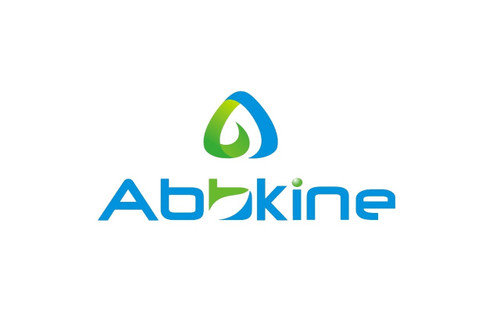Product Description
Mouse Phosphatidylinositol-4, 5-bisphosphate 3-kinase catalytic subunit beta isoform (PIK3CB) ELISA Kit | AE27434MO | Abebio
Species Reactivity: Mouse (Mus musculus)
Abbreviation: PIK3CB
Alternative Name: DKFZp779K1237; MGC133043; P110BETA; PI3K; PI3KBETA; PIK3C1; PI3-kinase p110 subunit beta|PtdIns-3-kinase p110|catalytic phosphatidylinositol 3-kinase beta
Application: ELISA
Range: 0.156-10 ng/mL
Sensitivity: 0.078 ng/mL
Intra-Assay: ≤4.3%
Inter-Assay: ≤8.5%
Recovery: 0, 91
Sample Type: Serum, Plasma, Other biological fluids
Detection Method: Sandwich
Analysis Method : Quantitive
Test Principale: This assay employs a two-site sandwich ELISA to quantitate PIK3CB in samples. An antibody specific for PIK3CB has been pre-coated onto a microplate. Standards and samples are pipetted into the wells and anyPIK3CB present is bound by the immobilized antibody. After removing any unbound substances, a biotin-conjugated antibody specific for PIK3CB is added to the wells. After washing, Streptavidin conjugated Horseradish Peroxidase (HRP) is added to the wells. Following a wash to remove any unbound avidin-enzyme reagent, a substrate solution is added to the wells and color develops in proportion to the amount of PIK3CB bound in the initial step. The color development is stopped and the intensity of the color is measured.
Product Overview: Phosphoinositide 3-kinases (PI3Ks) phosphorylate the 3-prime OH position of the inositol ring of inositol lipids. They have been implicated as participants in signaling pathways regulating cell growth by virtue of their activation in response to various mitogenic stimuli. PI3Ks are composed of a 110-kD catalytic subunit, such as PIK3CB, and an 85-kD adaptor subunit. The predicted 1, 070-amino acid protein, called p110-beta by them, is 42% identical to that of bovine p110. Northern blot analysis revealed that the major 4.8-kb p110-beta transcript was expressed in several human and rodent cell lines, as well as in all mouse tissues tested. Minor larger transcripts were detected in some tissues and cell lines.
Stability: The stability of ELISA kit is determined by the loss rate of activity. The loss rate of this kit is less than 5% within the expiration date under appropriate storage condition. The loss rate was determined by accelerated thermal degradation test. Keep the kit at 37°C for 4 and 7 days, and compare O.D.values of the kit kept at 37°C with that of at recommended temperature. (referring from China Biological Products Standard, which was calculated by the Arrhenius equation. For ELISA kit, 4 days storage at 37°C can be considered as 6 months at 2 - 8°C, which means 7 days at 37°C equaling 12 months at 2 - 8°C) .
 Euro
Euro
 USD
USD
 British Pound
British Pound
 NULL
NULL








